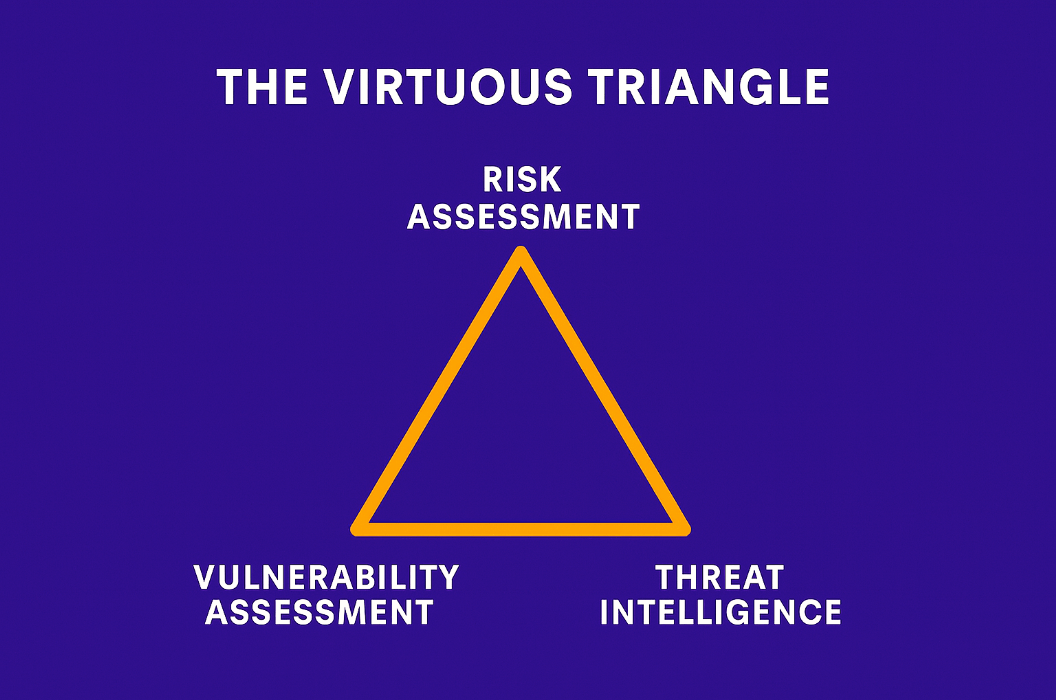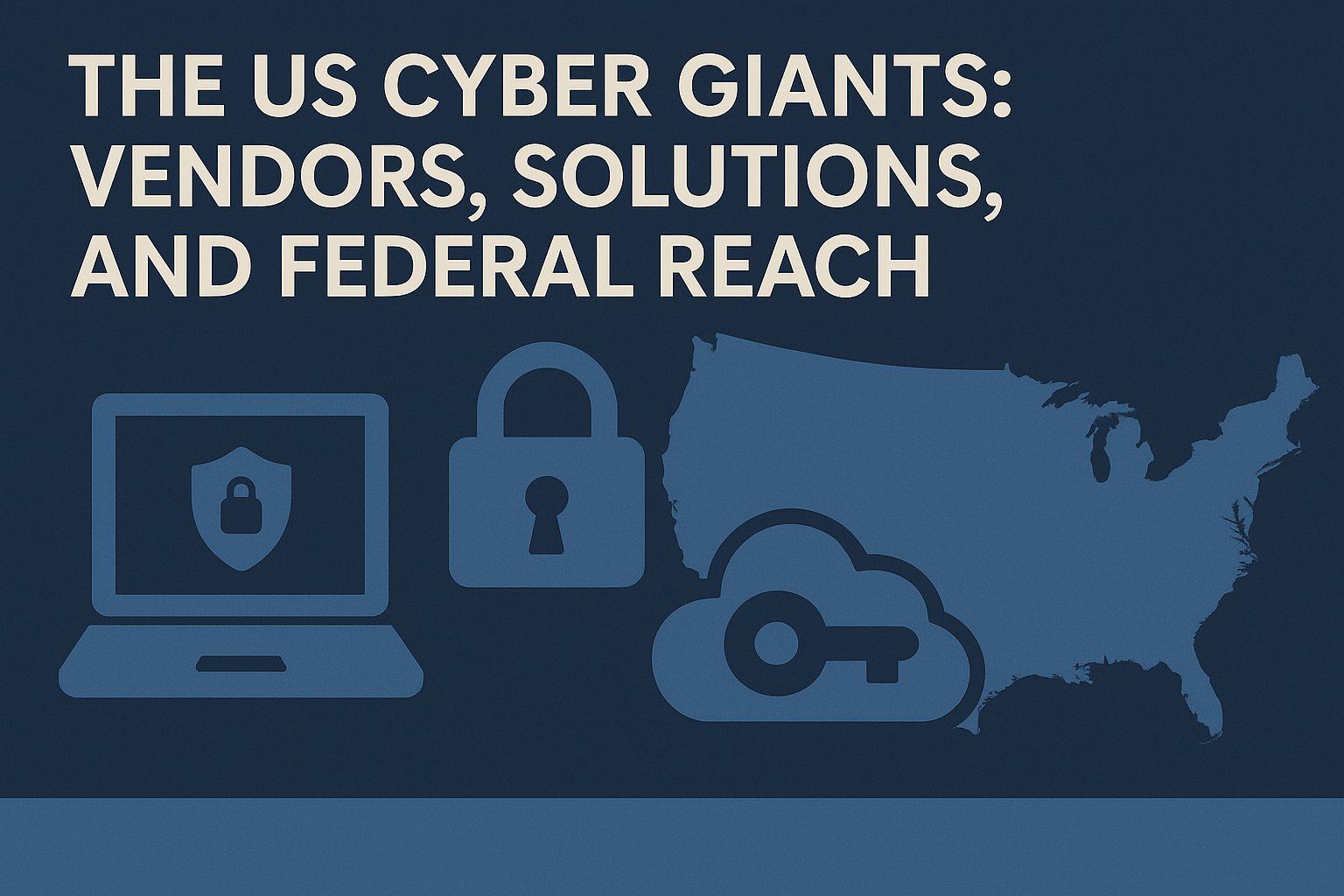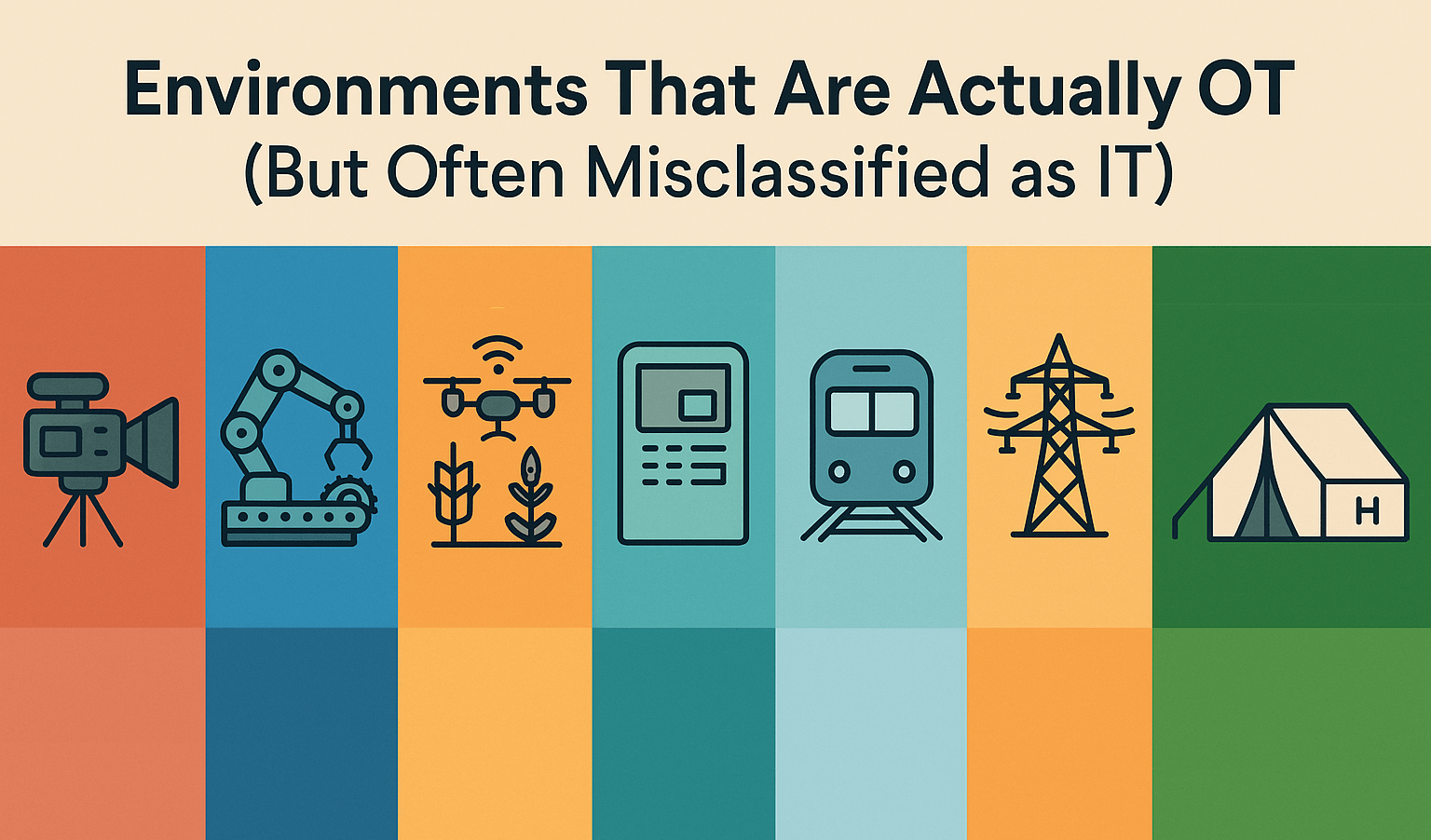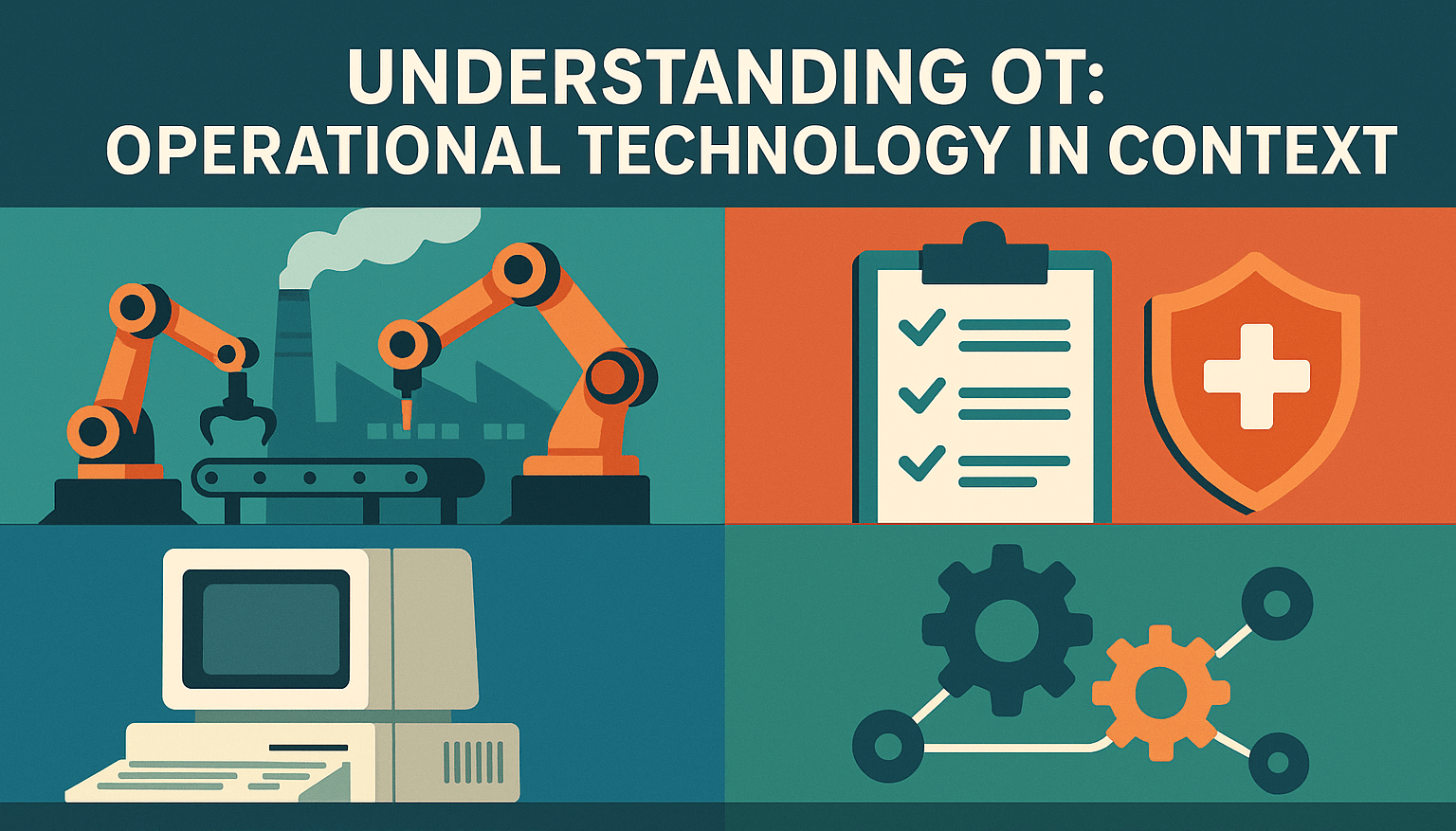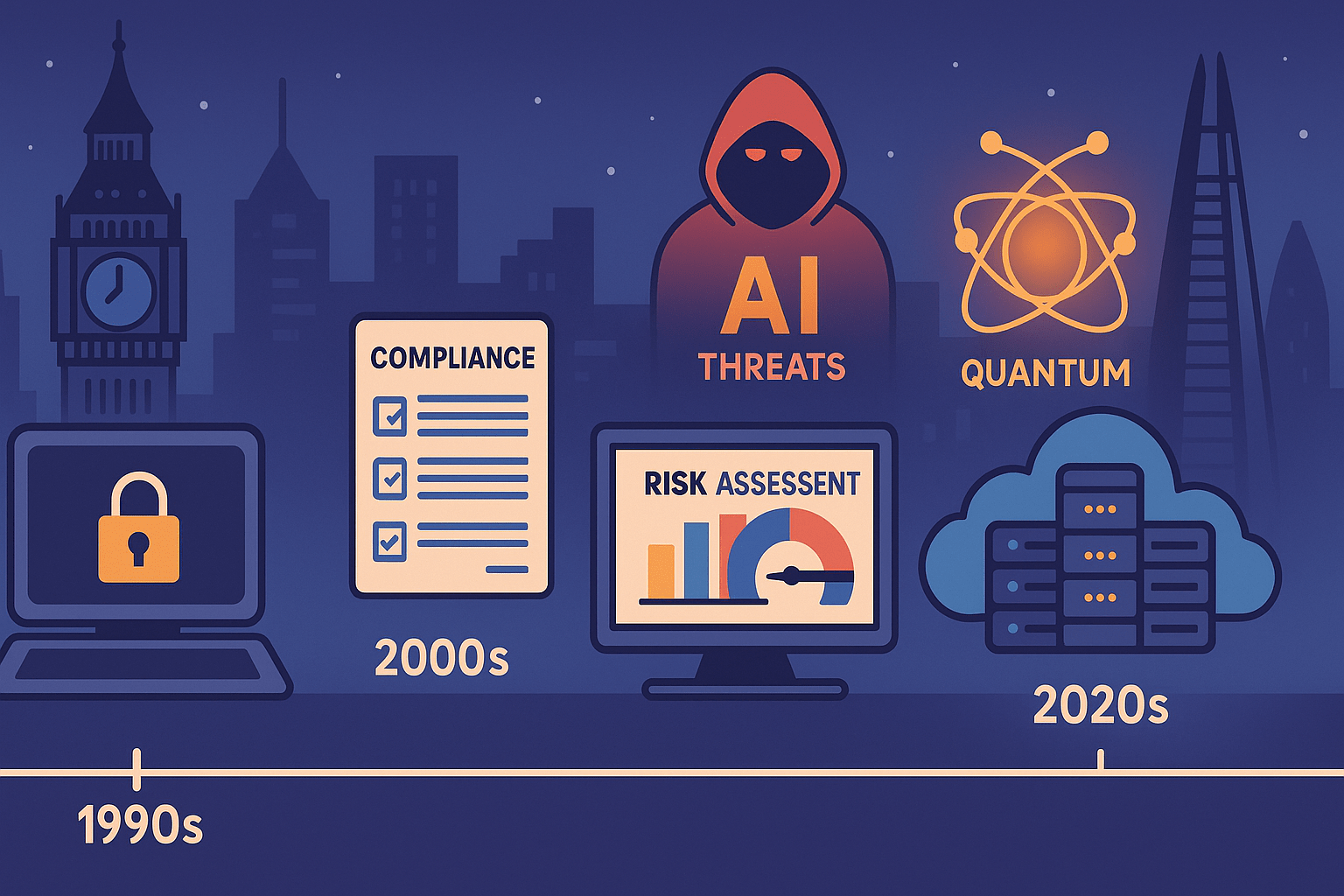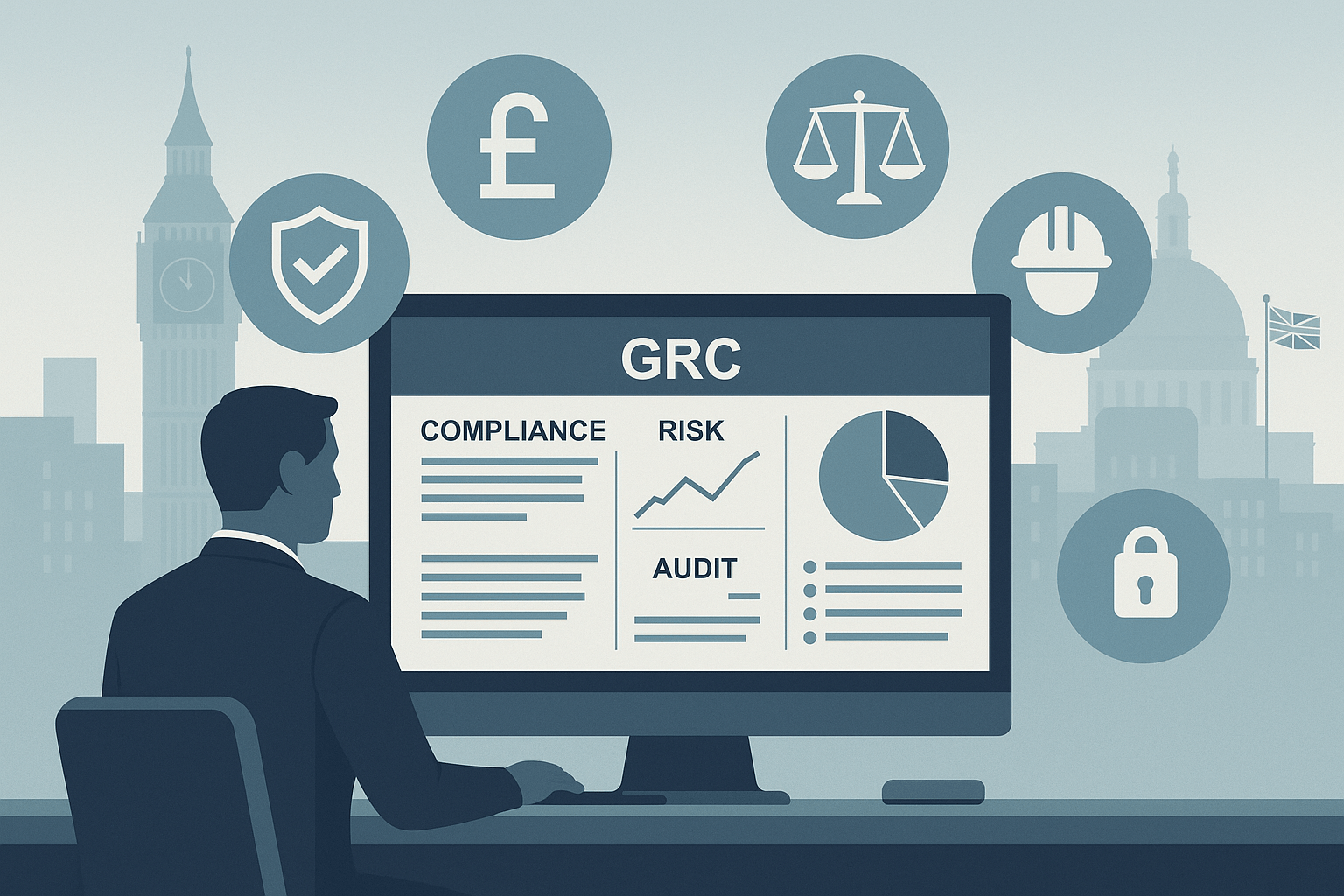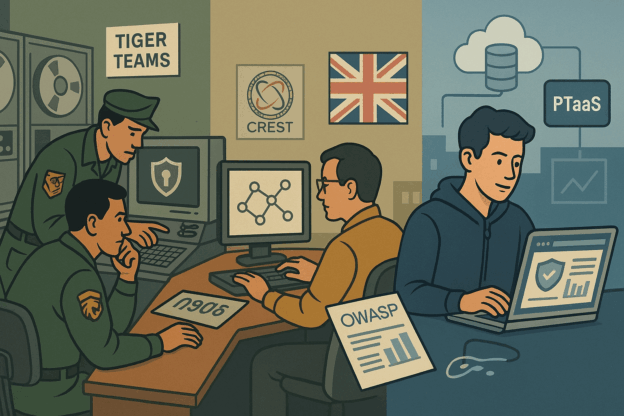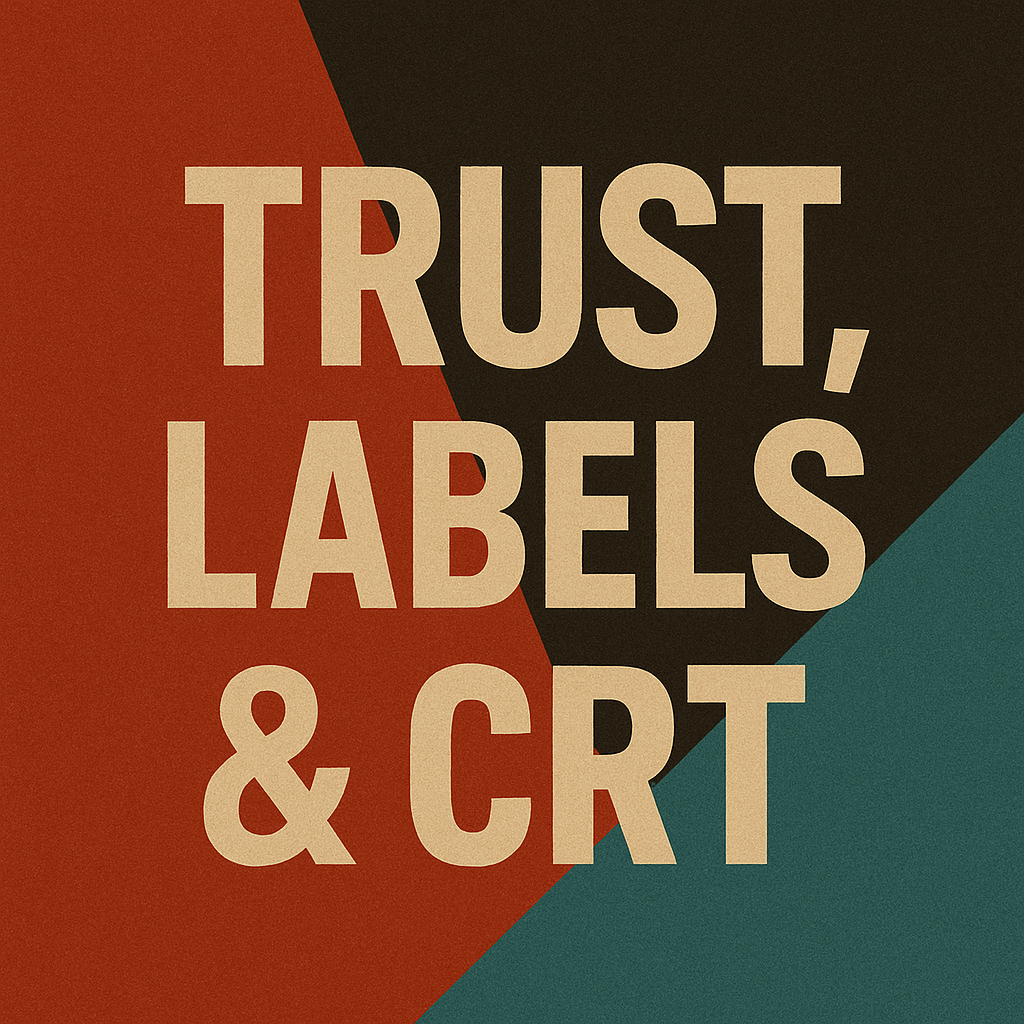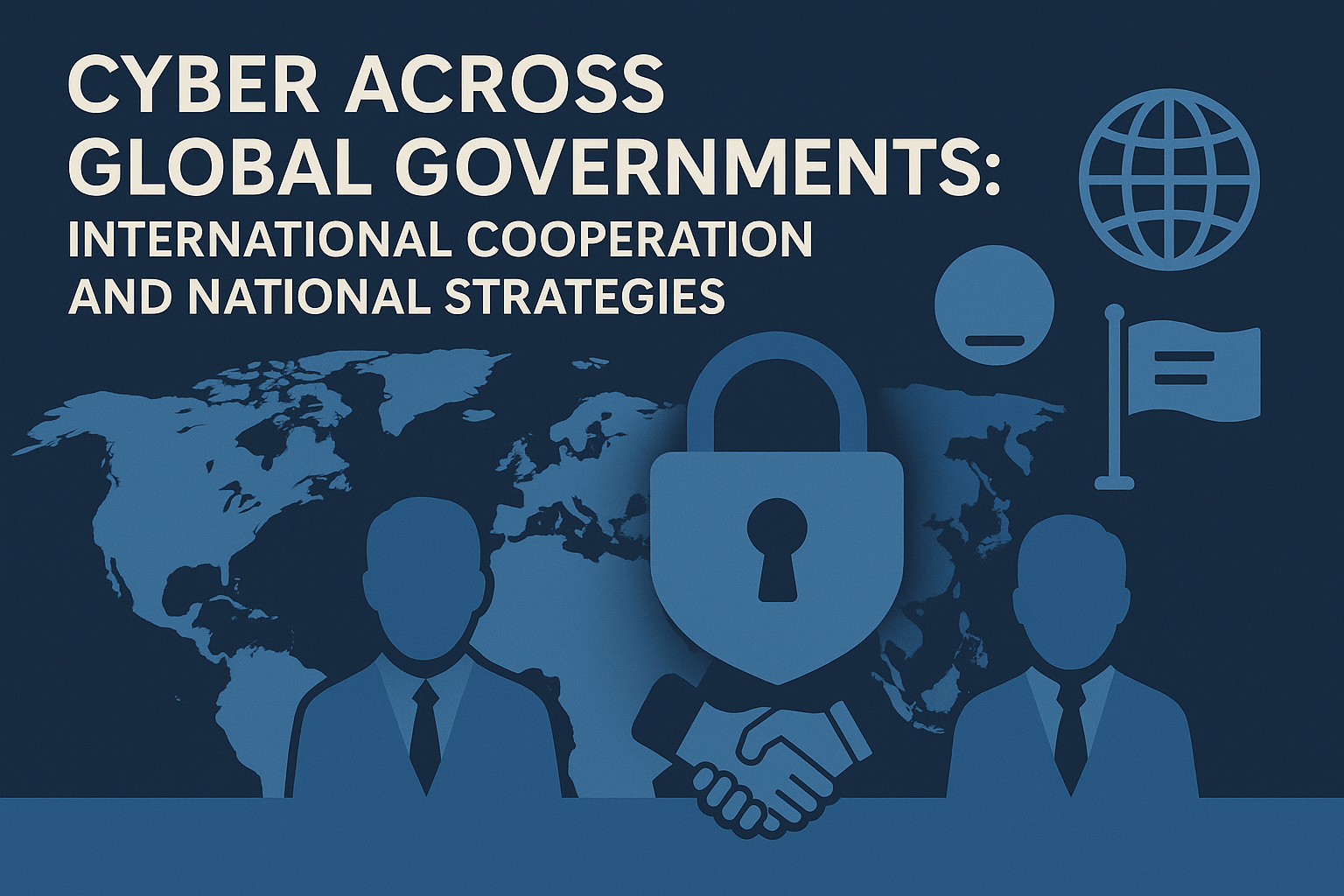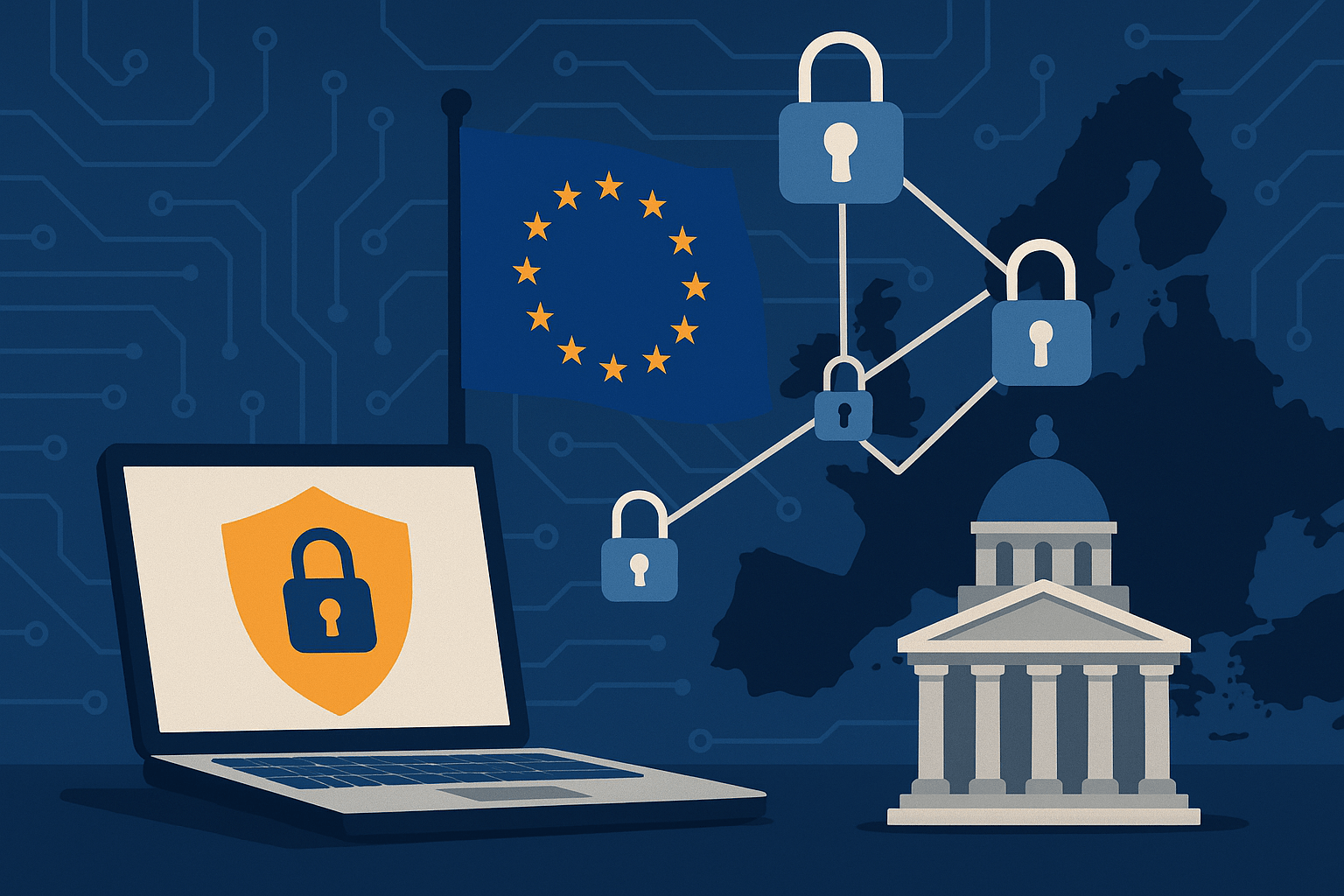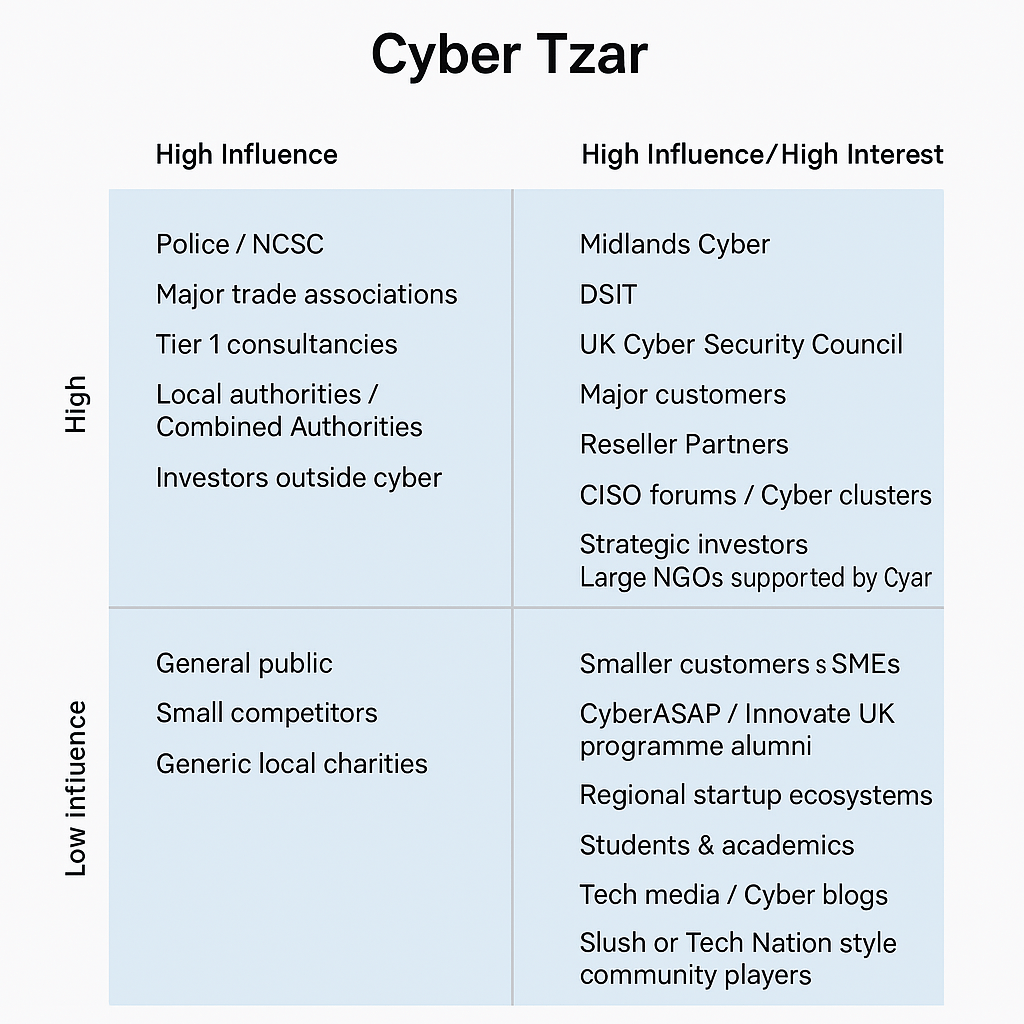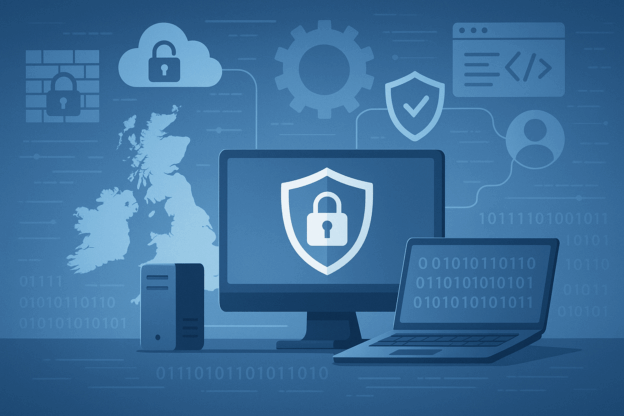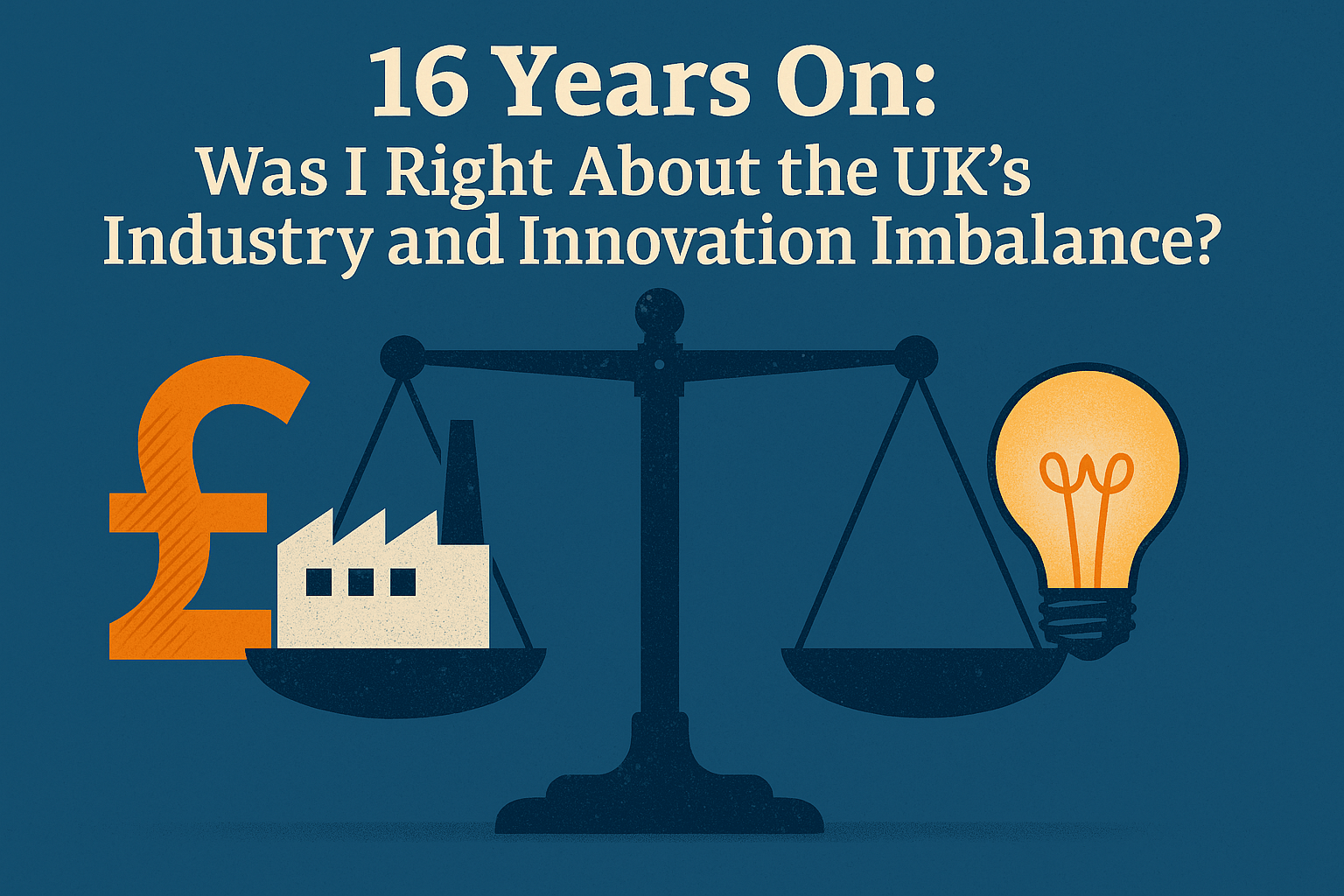This article critically examines the UK’s Cyber Resilience Test (CRT) as a cybersecurity labelling initiative aimed at building consumer trust in connected devices. While affirming CRT’s importance, it highlights the need for clearer value propositions, stakeholder alignment, and behavioural insights to ensure meaningful adoption. Drawing on global examples like Singapore’s CLS and the EU’s CE mark, it argues that CRT must evolve from a technical standard to a culturally embedded trust signal. The piece advocates for a dynamic playbook that supports SMEs, educates consumers, aligns with procurement policy, and adapts over time — turning CRT into a living, ecosystem-wide standard.
Continue reading →

